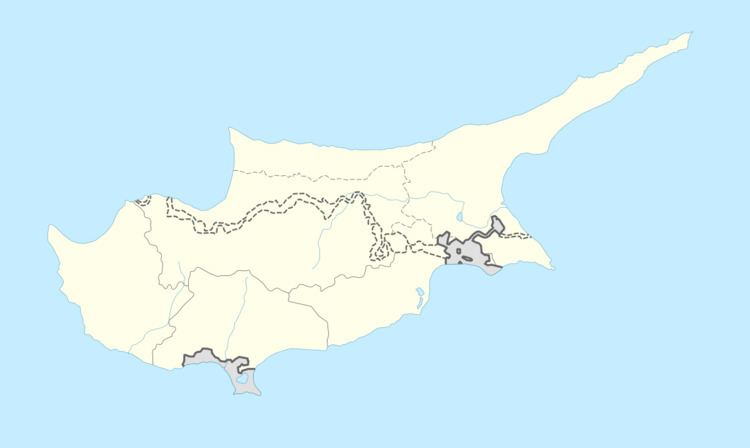Country Cyprus Time zone EET (UTC+2) | Population 299 (2011) | |
 | ||
Weather 16°C, Wind SW at 8 km/h, 62% Humidity | ||
Vouno (Greek: Βουνό; Turkish: Yukarı Taşkent or Taşkent) is a village in the Kyrenia District of Cyprus. De facto, it is under the control of Northern Cyprus. Its population in 2011 was 299. The village of Vouno (It means mountain in Greek) is located 10 kilometers north of Nicosia in Cyprus. Its name derives from the fact that it lies at an altitude of 380 meters above sea level and is the highest village on the south side of Pentadaktylos Mountain. The village of Vouno is one of the 60 villages in Cyprus originally inhabited by Maronites. In 1192, because of the feudal system implemented by Guy de Lusignan, many unhappy Cypriots began to leave the area. That's when he moved Maronites from Lebanon. The village of Vouno was settled by immigrants from the village of Hadchit which until today supplies Lebanon, and all four corners of the earth, with manpower, reason being that its land is rocky and poor and can not sustain a large population. The immigrants from the village of Hadchit originally named their new village Romanos, and dedicated it in favour of their patron saint left behind in Lebanon, after of-course building also a church to his name. Thus, the worship of this Maronite saint was moved to Cyprus and the residents of Romanos (renamed Vouno in the Middle Ages) continued to honour his memory on 4 September. This is how the phenomenon of honouring this saint only in these two villages came about. One in Lebanon, and one in Cyprus. Over time however, the residents of Vouno left the Maronite doctrine, and accepted the Orthodox one. Such an act would have meant the cessation of their relationship with the history of their past and their origin. Curiously, however, and perhaps for this reason, the old church of their village that was dedicated to Saint Romanos was not converted into an Orthodox one, but they allowed it to remain Maronite. It seems that this Maronite saint was so ingrained in the minds and the hearts of the residents of Vouno, that they could not cut him off from their lives or give him up for an Orthodox saint. They kept him, and celebrated his feast day along with the Maronites from the other Maronite communities of Cyprus who filled their village on 4 September, as they did for centuries, even if they had embraced Orthodoxy. Thanks to Saint Romanos, the umbilical cord that united their village with the land of their ancestors was never cut off, even if it was forgotten with the passage of time. With the Turkish invasion of Cyprus in 1974, the inhabitants of the village of Vouno, like almost all the Greek and Maronite residents of the Turkish occupied northern part of Cyprus, became refugees. The Turks renamed the village into "Taşkent" and destroyed the two Greek Orthodox churches in the village, that of Saint George and the Holy Cross. By good fortune, the Maronite church of Saint Romanos, escaped destruction because the Turkish occupying forces decided to turn it into a museum. Thus, today the church is in good condition, at least externally, since nobody knows how it looks internally because it always remains shut and inaccessible.
